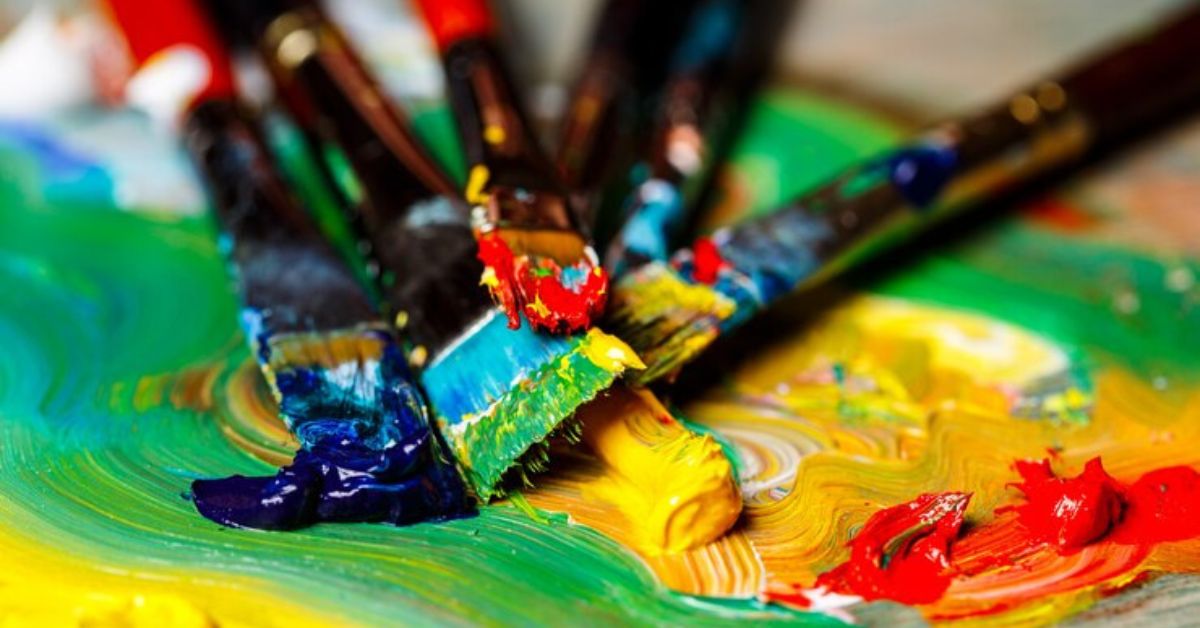Ancient artz are more than just relics of the past; they are windows into the souls of bygone civilizations. These masterpieces, crafted thousands of years ago, still resonate with us today, offering insights into the cultural, spiritual, and social lives of our ancestors. From the intricate carvings of ancient Egypt to the vibrant frescoes of Mesoamerica, ancient arts have shaped the way we perceive history, identity, and creativity. In this article, we will explore various forms of ancient art, their significance, and the legacies they have left behind.
The Significance of Ancient Artz
Ancient art serves as a vital link to our past, providing a tangible connection to the civilizations that shaped the world we live in today. These works of art were not just decorative; they were symbolic representations of religious beliefs, social hierarchies, and cultural values. For instance, the colossal statues of ancient Egypt were not merely grand monuments but were also powerful symbols of the divine pharaohs who were believed to be gods on earth.
Art in ancient times was also a form of communication. Before the advent of written language, humans used art to convey stories, document events, and express their understanding of the world around them. The cave paintings in Lascaux, France, dating back over 17,000 years, are prime examples of this. These paintings provide a glimpse into the lives of early humans, depicting scenes of hunting, animals, and abstract symbols that still puzzle archaeologists today.
Egyptian Art: The Eternal Stone
Egyptian art is perhaps the most recognizable form of ancient artz, known for its distinctive style and adherence to strict conventions. The art of ancient Egypt was deeply intertwined with its religious beliefs and the concept of the afterlife. Tomb paintings, sculptures, and hieroglyphs were all created with the intention of ensuring a safe journey for the deceased into the afterlife.
One of the most iconic examples of Egyptian art is the Great Sphinx of Giza. Carved from a single block of limestone, the Sphinx is a monumental representation of the pharaoh Khafre, with the body of a lion symbolizing strength and power. The precise construction and intricate detailing of the Sphinx continue to baffle modern engineers, highlighting the advanced skills of ancient Egyptian artisans.
Greek Art: The Birth of Classical Beauty
Greek art, particularly during the Classical period, is celebrated for its emphasis on naturalism, proportion, and idealized beauty. Unlike Egyptian ancient artz, which remained relatively unchanged for millennia, Greek art underwent significant transformations, reflecting the dynamic nature of Greek society and thought.
The Parthenon sculptures, also known as the Elgin Marbles, are exemplary of Greek art’s focus on human anatomy and movement. These sculptures depict scenes from Greek mythology with remarkable realism, capturing the fluidity of the human body in motion. The Greeks believed that physical beauty was a reflection of moral virtue, and this philosophy is evident in their art, which sought to achieve harmony and balance in every form.
Roman Art: The Empire’s Grandeur
Roman art, heavily influenced by the Greeks, was grandiose and diverse, reflecting the vastness of the Roman Empire. Roman artists excelled in various mediums, including sculpture, painting, and mosaics, and their work often glorified the achievements of the Empire and its leaders.
One of the most famous examples of Roman ancient artz is the statue of Augustus of Prima Porta. This life-sized statue of the first Roman emperor portrays him as a powerful and divine leader, with his right arm raised in a gesture of command. The detailed carving of his armor and the idealized depiction of his features are characteristic of Roman portraiture, which aimed to convey the authority and dignity of its subjects.
Mesoamerican Art: The Colors of Civilization
Mesoamerican art, produced by the civilizations of ancient Mexico and Central America, is known for its vibrant colors, intricate designs, and symbolic meanings. The art of the Maya, Aztec, and Olmec civilizations was deeply connected to their religious beliefs, rituals, and cosmology.
The murals of Bonampak, an ancient Maya archaeological site, are some of the most well-preserved examples of Mesoamerican art. These murals depict scenes of court life, warfare, and ceremonial events with vivid colors and detailed expressions. The Maya used natural pigments to create these masterpieces, and the techniques they developed have allowed the colors to endure for centuries.
Chinese Art: The Harmony of Nature and Man
Chinese art, with its rich history spanning thousands of years, is characterized by its focus on harmony, balance, and the natural world. Ancient Chinese artists sought to capture the essence of nature and humanity’s place within it, often using symbolism and abstraction in their work.
The Terracotta Army, discovered in the tomb of the first Qin Emperor, Qin Shi Huang, is one of the most extraordinary examples of ancient Chinese art. This massive collection of life-sized terracotta soldiers, horses, and chariots was created to accompany the emperor in the afterlife. Each figure is unique, with distinct facial features and expressions, showcasing the incredible craftsmanship of the artisans.
Indian Art: The Divine in Human Form
Indian art, particularly during the ancient period, was deeply influenced by religious and philosophical ideas. Hinduism, Buddhism, and Jainism all played a significant role in shaping the art of ancient India, which often depicted gods, goddesses, and religious narratives.
The Ajanta Caves, a UNESCO World Heritage site, are home to some of the finest examples of ancient Indian art. These rock-cut caves are adorned with intricate carvings and murals that depict scenes from the life of the Buddha and various Hindu deities. The art of the Ajanta Caves is renowned for its detailed portrayal of human emotions and its use of vibrant colors, which have remarkably survived the test of time.
African Art: The Spirit of Community
African art, dating back to ancient times, is characterized by its emphasis on community, spirituality, and the human form. Unlike the art of other ancient civilizations, which often focused on rulers and deities, African art was deeply rooted in everyday life and the collective identity of the community.
The Nok sculptures, some of the oldest known examples of African art, are terracotta figures that date back to 1000 BCE. These sculptures, with their stylized features and exaggerated expressions, are believed to have been used in rituals and ceremonies. The Nok culture, which thrived in what is now Nigeria, laid the foundation for the rich artistic traditions of West Africa.
The Legacy of Ancient Art
The influence of ancient art can still be seen in the modern world, from the neoclassical architecture of the 18th century to contemporary art that draws inspiration from ancient themes and techniques. The timeless beauty and craftsmanship of ancient art continue to inspire artists, historians, and art lovers alike.
Moreover, ancient art serves as a reminder of the universal human desire to create, express, and leave a lasting legacy. These works of art, created in times of war and peace, prosperity and hardship, connect us across the ages, reminding us of our shared humanity and the enduring power of creativity.
Conclusion
Ancient arts are more than just historical artifacts; they are expressions of human culture, belief, and creativity. Whether it’s the grand monuments of Egypt, the realistic sculptures of Greece, or the vibrant murals of Mesoamerica, each piece of ancient art tells a story that transcends time. As we continue to study and preserve these masterpieces, we gain a deeper understanding of the civilizations that came before us and the ways in which art has shaped human history.
FAQs
What is the significance of ancient art?
Ancient art provides a tangible connection to past civilizations, offering insights into their cultural, religious, and social lives.
How did Egyptian art reflect their beliefs?
Egyptian art was deeply intertwined with their religious beliefs, often created to ensure a safe journey for the deceased into the afterlife.
What distinguishes Greek art from other ancient arts?
Greek art is celebrated for its emphasis on naturalism, proportion, and idealized beauty, reflecting the dynamic nature of Greek society.
Why is Roman art considered grandiose?
Roman art, influenced by the Greeks, was grand and diverse, often glorifying the achievements of the Roman Empire and its leaders.
How does Mesoamerican art differ from other ancient artz forms?
Mesoamerican art is known for its vibrant colors, intricate designs, and deep connection to religious beliefs and rituals.











